
Capabilities
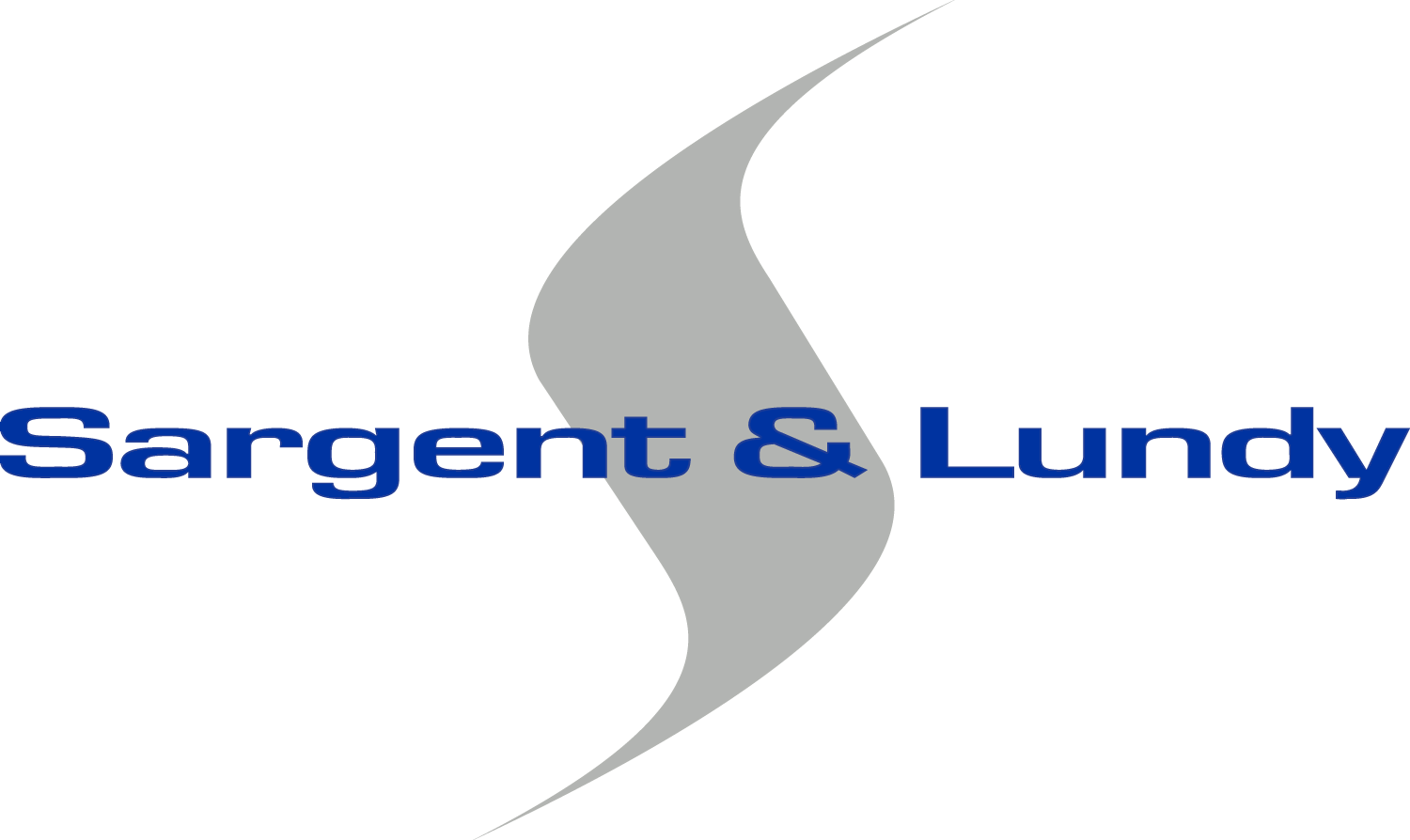
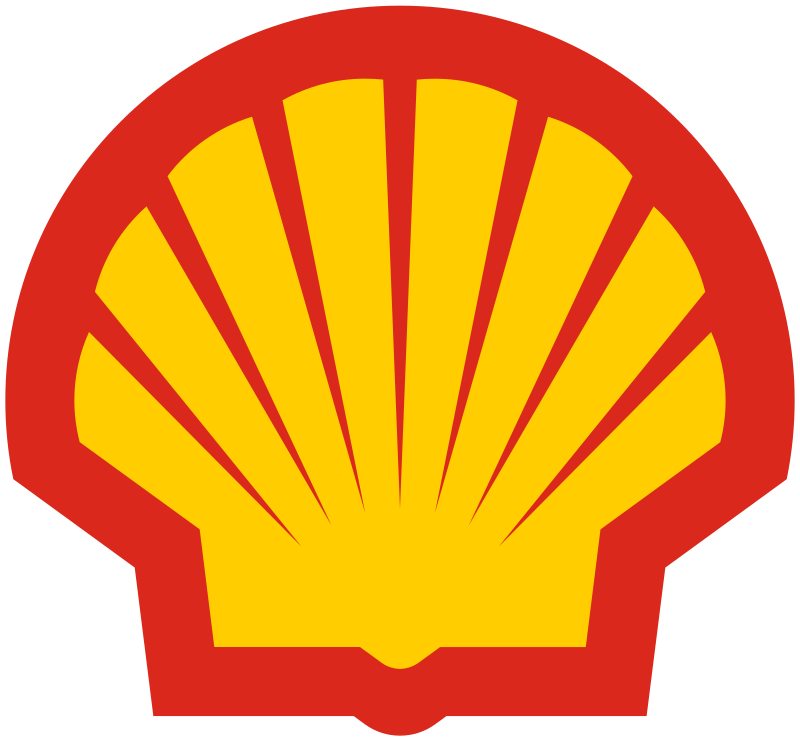


Overview
Simulate transient pressure waves, water hammer effects, and system responses with proven hydraulic modeling methods.
Represent pumps, valves, pipes, and surge protection devices with detailed operational characteristics and behavior.
Create and compare multiple operating conditions in one model to evaluate system performance under varied situations.
Communicate findings through visual animations, detailed graphs, and customizable output reports for confident decision-making.
Modeling features
Pumps
- Pump inertia & trips: Model pump systems to simulate startups and shutdowns to capture speed decay/ramp effects on transient pressures.
- Four-quadrant behavior: Use a standard curve or 4-quadrant characteristic methods to represent forward flow, reverse flow, and pump-as-turbine regions during transients.
- Speed-time controls: Allows time/event-based speed changes, variable-frequency drive profiles, and restart sequences to reflect operational procedures.
- Head/torque curves: Apply pump head–flow and torque characteristics across the operating range so transient head and power track actual performance.
- Check valve interaction: Couple pump nodes with check valves to simulate slam, reverse rotation, and closure timing during shutdowns or flow reversal.
- Cavitation & column separation: Predict vapor/liquid cavity formation and collapse at the pump and in adjacent piping using discrete cavity models, indicating NPSH-related effects.
- Protection devices & surge equipment: Integrate accumulators, relief valves, air/vacuum valves, and surge tanks with the pump model to test mitigation strategies.
- Positive displacement pumps: Analyze pulsation frequencies and pressure oscillations from PD pumps and their impact on system surge.
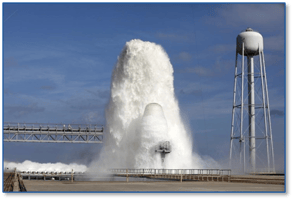
Pipes
- Transient pressure wave propagation: Simulate pressure waves through pipe segments using the Method of Characteristics, capturing how sudden events like valve closures generate dynamic pressures.
- Pipe sectioning and fittings: Divide pipelines into sections and include reflections from fittings, valves, tees, and orifices, which serve as wave interaction points.
- Liquid column separation and cavitation: Model vapor cavity formation and collapse within pipes to account for column separation effects during pressure transients.
- Initial steady-state conditions: Use built-in steady-state solutions to establish realistic starting pressures and flows before initiating transient scenarios.
- Scenario-based modeling: Support multiple scenarios with varied inputs (e.g., closure rates, system configurations) to compare how piping responds under different transient conditions.
- Impulse force output for stress analysis: Calculate forces at fitting pairs and export data for integration with pipe stress tools like CAESAR II.
- Minor-loss integration: Enable lumping minor loss effects (e.g., from bends) into pipes as K-factors to save run time when detailed modeling of each fitting isn’t necessary.
- Transient-driving event control: Initiate surge events based on specific times or system-triggered conditions (e.g., valve actuation), ensuring pipe response aligns with operational timelines.
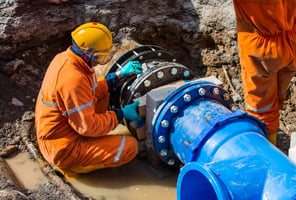
Valves
- Closure/opening profiles: Define valve characteristic curves, such as how quickly a valve closes or opens, to capture its effect on transient pressure changes.
- Valve types and behavior modeling: Model various valve types, including pressure control and flow control valves, to reflect their dynamic response in surge scenarios.
- Check-valve dynamics: Simulate interaction of valves with surge waves, including reverse flow, slam, and rebound effects for check valves.
- Transient event triggers: Tie valve operations to specific time or system events to simulate realistic sequences like emergency shutdowns.
- Scenario comparison: Test different valve behaviors—like alternate closure speeds or valve types—within one model to assess their impact on surge response.
- Design alerts linked to valve conditions: Use design alerts to flag when valve actions cause flow or pressure to exceed user-defined thresholds.
- Integration with surge mitigation elements: Analyze relief valves, accumulators, and similar components to examine how valve actions influence the performance of mitigation strategies.
- Interactive component libraries: Quickly select and reuse valve models from component libraries to maintain consistency across simulations.
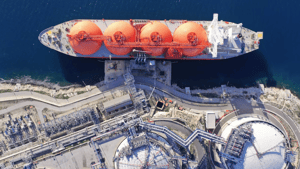
Flow properties
- Steady-state flow initialization: The solver finds steady-state conditions (pressures, flows) via standard iterative methods before starting transient analysis.
- Assigned flow junctions: Define fixed or time-varying flow rates at specific points, including transient or sinusoidal flow profiles, with optional irrecoverable loss.
- Valve and fitting losses: Integrate valve, fitting, and minor-loss effects directly into the flow model, simplifying representations using K-factors or built-in fitting options.
- Custom transition profiles: Define non-linear changes in flow related properties (e.g. a valve’s Cv) over time, with intermediate values handled via linear interpolation.
- Easily close parts of the model: Use special conditions to close junctions in the model (like valves).
- Pipe simplification with losses: Merge adjacent pipes and lump losses, optimizing simulation while maintaining flow fidelity.
- Fluid property control: Assign inlet or outlet flow behavior that aligns with system fluid properties—helpful for consistency between steady and transient flow behavior.
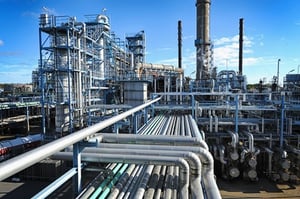
Import/Export capabilities
- Force Imbalance: Generate files that can be automatically read into CAESAR II ® and TRIFLEX ® pipe stress dynamic models
- Import common formats: Import piping layouts from CAESAR II® Neutral files supported by AutoPIPE®, ROHR2, TRIFLEX®, etc., PCF Files supported by AutoCAD Plant 3D®, SmartPlant®, CADWorx®, and other GIS shapefiles supported by ArcGIS, etc., allowing users to begin models from existing layouts or data.
- Export to EPANET: Share model data or use in EPANET workflows, supporting interoperability across platforms.
- Excel data export: Use the Excel Export Manager for automating the extraction of data across batch runs, with options to map results directly into specific cells or worksheets.
- Batch scenario exports: Run multiple scenarios sequentially and export results for each scenario into separate Excel worksheets within the same file.
- Consistent data reuse: Easily import Fathom steady-state models to serve as starting points for transient modeling, ensuring continuity between modeling stages.
- Output extraction control: Fine-tune what data is exported (such as pressures, flows, forces), facilitating post-processing or reporting requirements.
- Library component integration: Export/import component libraries—like frequently used piping elements—to maintain consistency across different models and projects.

Scenario manager
The Scenario Manager capabilities are one of the most valuable and time-saving features for system design and comparison:
- Multiple case creation: Build and store multiple parent and child operating scenarios, such as varying pump trip times, valve closure speeds, or mitigation equipment, within a single model file.
- Base model: Maintain a single base scenario and apply scenario-specific changes without duplicating the entire model, ensuring consistency and efficiency.
- Comparative analysis: Run, graph, and compare multiple scenarios side-by-side to evaluate how different operating conditions affect surge response.
- Batch execution: Automate running of multiple scenarios in sequence, saving results for each to streamline analysis workflows.
- Integrated export options: Send results from selected scenarios directly to Excel or other formats for documentation, reporting, or post-processing.
- Organized scenario tracking: Assign names and notes to scenarios for easy identification and review within the project.
- Flexible parameter variation: Adjust pumps, valves, pipe configurations, or surge suppression devices independently for each scenario to test a wide range of system behaviors.

Reporting features
Output
- Output window summaries: Display transient results including pressure, flow, and force over time for each segment, ready for review.
- Graph results: Generate flexible plots, such as transient curves and multi-scenario comparisons, for visual analysis.
- Layers: Overlay output parameters onto the Workspace.
- Excel export manager: Automate data export into spreadsheets, mapping output values to specific cells or worksheets across multiple scenarios.
- Batch report automation: Execute multiple case runs sequentially and export results automatically for each scenario into organized output files.
- Design alerts cross-plotting: Flag violations (e.g., pressure exceedances) during transients and overlay these against output data for easy identification.
- Output window copy & formatting: Copy result tables into other applications, preserving structure for quick reuse or formatting.
- Scenario-linked output: Associate outputs directly with named scenarios to simplify comparison and maintain clarity in reporting.

Visual results
- Workspace Layers: Display input or output values directly on the piping diagram, linking data to physical locations for clearer context.
- Color maps for quick insight: Apply colors based on parameter values (steady-state, transient, max/min), making it easy to spot areas of high pressure, reverse flow, or other key trends.
- Animated flow and pressure propagation: See how waves and pressure fronts move through the network over time, helping you see how system dynamics unfold.
- Branching path animation: Visual animations can run across branching pipes, not just linear paths, so waves propagating through complex networks remain clear.
- Customizable display controls: Choose which data appears (e.g. specific pipes or junctions), adjust font, unit legends, and layout, and save those settings for reuse.
- Animation export options: You can record and save animations for sharing or documentation.
- Flexible parameter display: Animate absolute values, relative change from steady state, or static extremes (maximum or minimum) for selected parameters.
- Dynamic layout interaction: Even during animation, you can zoom, reposition elements, or toggle visibility of elements to focus on areas of interest.

Graph results
- Multiple graph types: Plot transient data for pipes, junctions, profiles along flow paths, and forces.
- Graph organization with folders: Save graphs into named folders, making it easy to organize and regenerate them across different runs.
- Stacked and dual-axis plotting: Overlay multiple parameters, including dual-Y axes, onto a single graph to compare behaviors.
- Interactive tools: Use legends with checkboxes to toggle curves, cross-hairs to inspect data points, range finders to zoom, and formatted axis and labels for clarity.
- Animation support: Animate profile graphs over time to show how pressure or flow waves move, with playback controls and the ability to record to video.
- Flexible data selection: Plot multiple scenarios, parameters, and locations (pipes/junctions) simultaneously for comparative analysis.
- Export and copy options: Graph images and data can be copied to the clipboard, saved as a picture or PDF files, or exported as delimited data for use in other applications.
- Graph data point control: Impose a configurable limit on data points (e.g., 500,000) per graph; when exceeded, the software will skip points systematically, with user options to adjust settings or simplify plots.

Supported codes & standards
ASME
- ASME B31 Series – Pressure Piping Codes - Pipe flow modeling helps engineers design systems that operate safely within allowable pressure and mechanical limits outlined in ASME B31.1 (Power Piping), B31.3 (Process Piping), and others. (Fathom and Arrow)
- ASME Boiler and Pressure Vessel Code (BPVC) - Address the allowable stress, temperature, and pressure limits for vessels and piping components in high-pressure or thermal systems. Datacor Pipe Flow Modeling software can model pipe wall temperatures and operating pressures that align with these limits. (Fathom and Impulse)
- ASME Boiler & Pressure Vessel Code, Section VIII Non-Mandatory Appendix M – Used in gas relief piping design to validate allowable pressures and device sizing
- ASME Transient Pressure Criteria (Waterhammer & Surge) - Impulse evaluates transient pressure surges to ensure that maximum and minimum pressures stay within ASME allowable limits. Helps design surge suppression strategies using check valves, accumulators, and relief devices in compliance with ASME’s surge force guidelines.
- ASME Energy Efficiency Standards (e.g., ASME EA-2, ISO 14414) - Fathom supports energy audits and pump system assessments in compliance with ASME/ISO energy optimization standards. Fathom’s wire-to-water efficiency and lifecycle cost tools align with ASME EA-2 (Energy Assessment for Pumping Systems).
- ASME Valve Standards (e.g., B16.34) - Allows simulation of valve pressure drops, Cv sizing, and allowable pressure ratings in line with ASME B16.34, which defines valve pressure-temperature ratings. (Fathom and Arrow)
- ISO/ASME 14414:2015 – Pumping System Energy Assessment: Enables energy audits and optimization in pump systems per ISO/ASME energy efficiency standards

NFPA
- NFPA 13 – Standard for the Installation of Sprinkler Systems - Simulate sprinkler system hydraulics to ensure flow rates and pressures meet NFPA 13 performance criteria. Engineers can model pipe networks, friction losses, and pressure zones to validate sprinkler performance. (Fathom and Impulse)
- NFPA 15 – Standard for Water Spray Fixed Systems for Fire Protection - Supports the design and analysis of deluge and water spray systems. Fathom can simulate multiple flow paths, nozzles, and elevation effects to confirm system delivery and uniformity. (Fathom)
- NFPA 20 – Standard for the Installation of Stationary Pumps for Fire Protection - model fire pump performance, including interaction with system curves, suction pressure, and NPSH. Ensures pump sizing and flow characteristics align with NFPA 20 requirements. (Fathom)
- NFPA 22 – Standard for Water Tanks for Private Fire Protection - Helps engineers evaluate tank drainage behavior, pressure losses, and how tanks integrate into firewater networks. (Fathom)
- NFPA 24 – Standard for the Installation of Private Fire Service Mains and Their Appurtenances - Supports modeling of private fire mains, hydrants, and appurtenances to assess pressure zones and flow delivery per code. (Fathom)
- NFPA 25 – Standard for the Inspection, Testing, and Maintenance of Water-Based Fire Protection Systems - While modeling doesn’t replace field testing, it supports design validation and troubleshooting during inspection reviews by modeling performance under test conditions. (Fathom and Impulse)
- NFPA 68 – Standard on Explosion Protection by Deflagration Venting - Arrow can simulate gas flow dynamics in vent lines, ducts, or manifolds used to relieve overpressure in explosion-prone environments. Supports modeling vent sizing and backpressure effects that affect the efficiency of deflagration venting. (Arrow)
- NFPA 69 – Standard on Explosion Prevention Systems - Helps model airflow through suppression systems and isolation valves, ensuring adequate flow capacity and response times in the event of pressure surges or ignition risks. Can assist in validating pressure relief and duct routing design. (Arrow)
- NFPA 654 – Standard for the Prevention of Fire and Dust Explosions from the Manufacturing, Processing, and Handling of Combustible Particulate Solids - Used to assess dust collection and pneumatic conveying systems, particularly in terms of airflow, venting, and transport velocity. Arrow supports airflow validation and design of safe vent paths in compliance with NFPA 654 system layout requirements. (Arrow)
- NFPA 91 – Standard for Exhaust Systems for Air Conveying of Vapors, Gases, Mists, and Particulate Solids - Arrow helps validate pressure drop, flow velocity, and gas-handling capacity for industrial exhaust and duct systems, particularly in explosive or hazardous environments. Ensures systems meet velocity requirements to prevent condensation or accumulation of flammable materials. (Arrow)

Hydraulic Institute Standards
- ANSI/HI 9.6.3‑2017 – Rotodynamic Pumps: Guideline for Operating Regions Assists with ensuring pumps operate within the Preferred Operating Range (POR) and best efficiency zone
- ANSI/HI 9.6.7‑2021 – Effects of Liquid Viscosity on Rotodynamic Pump Performance Enables viscosity correction calculations for pumps handling fluids with viscosity above water
- ANSI/HI 9.8‑1998 – Rotodynamic Pumps: Intake Design & Submergence Supports inlet/submergence analysis to minimize swirl, cavitation, and poor performance
- ANSI/HI 6.1‑6.5‑2015 – Reciprocating (Positive‑Displacement) Pump Definitions & Acceleration Head Includes performance metrics and acceleration head losses for PD pumps
- ANSI/HI 12.1‑12.6‑2016 – Rotodynamic (Centrifugal) Slurry Pump De‑Rating Provides pump de‑rating calculations for slurries based on the ANSI/HI model or 4‑component methods

API Standards
- API RP 520 – Design & Installation of Pressure-Relieving Systems in Refineries Used for proper sizing and layout of gas relief system piping.
- ANSI/API 526 (7th Ed., 2017) – Flanged Steel Pressure‑Relief Valves: Guides modeling of relief valve behavior, inlet/discharge design, and orifice sizing.
- API 610 (via Fathom & Arrow integration) – Centrifugal Pumps for Petroleum & Gas Industries: Drives preferred operating range (POR) modeling and pump reliability compliance.
- API Pump Pulsation Pressures – Used in Impulse to model pressure pulsation and valve-induced surges per API guidelines

International Standards
- Pipe Material Standards (EN, DIN, JIS, others) - Datacor Pipe Flow Modeling’s built-in pipe material libraries pull directly from global standards such as DIN (Germany), EN (European), and JIS (Japan) in addition to ASTM/ANSI and ASME sources—enabling users worldwide to apply regionally relevant pipe dimensions, roughness, and thermal property values. Users can choose to connect or disconnect specific libraries by region.
- ASME/ISO Energy Efficiency Standards (ISO/ASME 14414) - Fathom and Arrow support ISO/ASME 14414:2015, which is globally recognized for pump system energy assessments and efficiency evaluations beyond U.S. markets.
- ASTM C1055 – Surface Temperature Allowables (Global Safety Guide) - Datacor Pipe Flow Modeling tools generate outputs in line with ASTM C1055, which is used internationally—not just in the U.S.—to assess safe contact temperatures from heated pipes. This allows compliance with safety practices valid in many regions.
- ASME/ISO & API Gas Relief Piping Standards - Software modules like Arrow also reference and support ASME, API, and ISO standards for gas relief system design. These combined standards often apply internationally, particularly in regions where ISO compliance is preferred or required.

Add-on Modules
Software extension tools that can help you quickly and efficiently complete projects. Modules can work individually or together.
Models the effects of pumping fluids containing settling solids using the Wilson/GIW method. Used with either Fathom or Impulse.
Helps identify pipe acoustical frequencies to avoid resonance from excitation, especially in systems with positive displacement pumps and reciprocating compressors. Used with either Impulse or xStream
The Chempak add-on utility provides a thermophysical database of almost 700 liquids and 600 gases with mixing capability.
Discuss your pipe flow modeling software goals with a simulation expert.
“Being able to roll over the model [into Impulse] from Fathom and edit as necessary is a great time saver. Then setting up all of the different scenarios and being able to take the results and produce graphs of the transient system, all within one program, saves time and effort.”